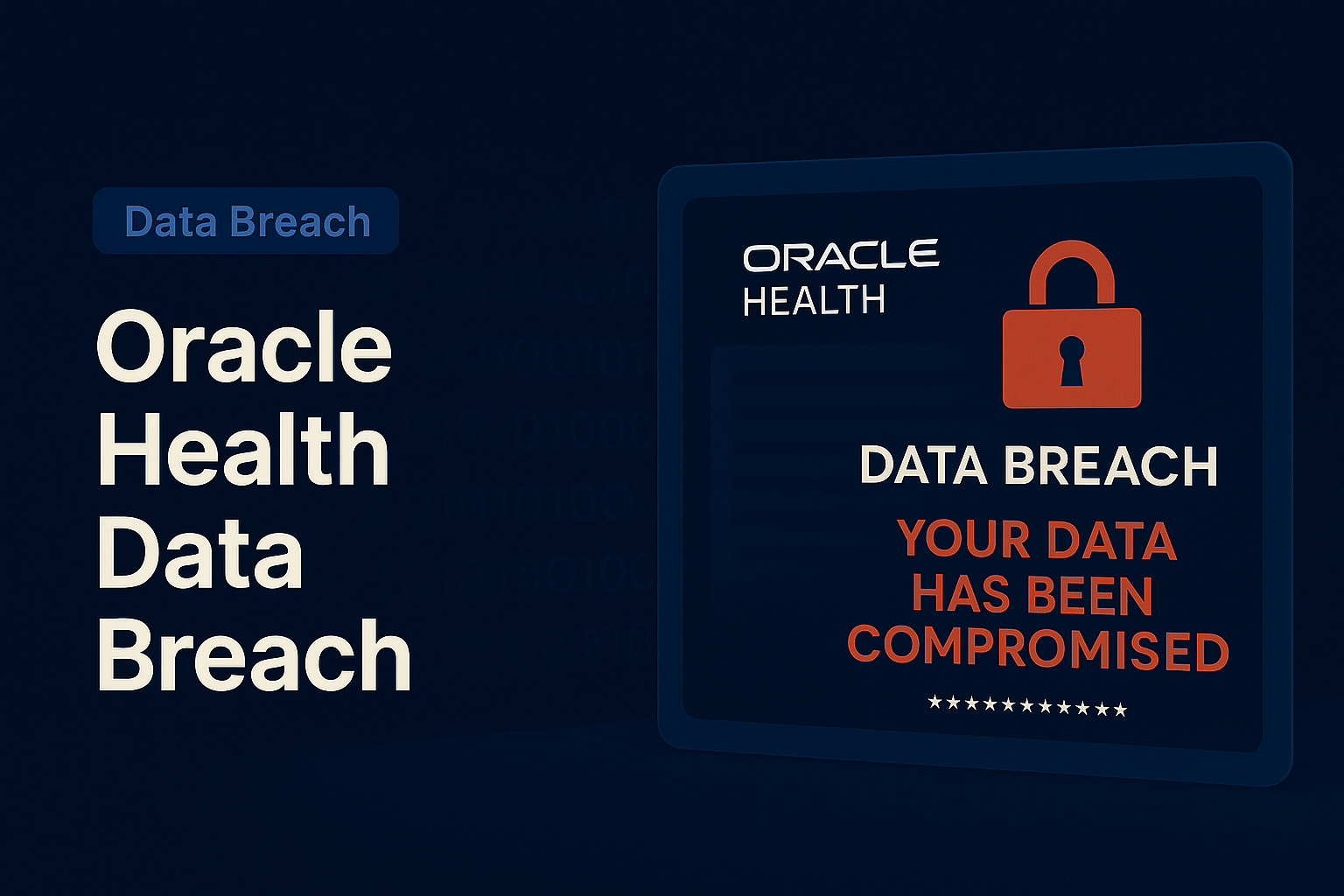1. What Happened? Inside Oracle’s Legacy‑Server Breach
Oracle Health first detected unauthorized access on February 20, 2025 when engineers spotted suspicious activity on an eight‑year‑old Cerner migration server. Forensic analysis showed the attacker had been siphoning data since January 22, using stolen client credentials to log in remotely and copy databases to an external host. The compromised system contained recent login details, contradicting Oracle’s initial claim that the server was “unused.” BleepingComputer
Within days, the hacker—using the handle “Andrew”—began extortion attempts against hospitals, demanding multimillion‑dollar crypto payments in exchange for deleting the stolen files. Oracle called in the FBI and CrowdStrike, yet chose not to issue an immediate public disclosure, instead notifying hospitals privately and urging them to handle patient notifications themselves. CSO Online
2. Legal Fallout: Class‑Action Lawsuit Alleges Negligence
On March 28, Florida firm Shamis & Gentile filed a class‑action lawsuit in the Western District of Texas on behalf of affected patients. The complaint says Oracle failed to apply industry‑standard safeguards, violated HIPAA’s 60‑day notification rule, and retained sensitive data on an internet‑facing server long after migration. Plaintiffs seek damages, free credit monitoring, and a court order forcing Oracle to upgrade its security. Healthcare Compliance Journal
3. The Bigger Picture: Healthcare Tops 2024–2025 Breach Charts
Oracle joins a growing list of companies hacked recently in the healthcare space. Kroll’s 2025 Data Breach Outlook shows healthcare surpassed finance in breach volume last year, with 168 million medical records exposed in 2024 alone. PHI can fetch up to $1,000 per patient record on dark‑web markets—20× more than a credit‑card number—fueling relentless attacks. Kroll Report
4. Comparison Table: Recent Healthcare Breaches & Prevention Tools
From ransomware paralysis to accidental data leaks, the table below summarizes major incidents since 2024 and highlights which security controls—or lack thereof—proved decisive.
| Breach / Date |
Impact |
Attack Vector |
Key Takeaway / Helpful Tool |
| Oracle Health (Feb 2025) |
Multiple U.S. hospitals; patient PHI |
Stolen credentials → legacy server |
Retire or isolate legacy assets; enforce MFA everywhere |
| Change Healthcare (Feb 2024) |
100 M records; $22 M ransom paid |
ALPHV ransomware via Citrix portal w/out MFA |
24×7 monitoring + zero‑trust access could have blocked entry |
| Kaiser Permanente (Apr 2024) |
13.4 M web‑user records |
Third‑party trackers leaking PHI |
Conduct privacy audits; limit pixels/scripts |
ChatOdyssey Data Breach Checker
(Tool) |
Free scan of email + phone
(patients & businesses) |
Checks dark‑web dumps & breach APIs |
Try the checker free; pairs perfectly with ChatOdyssey Phone Relay (free trial → $4.99/mo for masked calls & unlimited email relay) |
5. How Do Data Breaches Happen?
Most medical breaches fall into four buckets: credential theft/phishing (Oracle, Change Healthcare), unpatched software or zero‑days, third‑party vendor compromise (Concentra via PJ&A), and accidental leaks (Kaiser tracking pixels). Hackers favor healthcare because PHI fetches premium prices and many hospitals run decade‑old devices that can’t be patched easily.
6. What to Do After a Data Breach
- Reset passwords & enable MFA on patient portals and email.
- Run a data‑breach checker to see if your email/phone already circulates on the dark web.
- Enroll in credit & dark‑web monitoring; place a fraud alert or freeze with credit bureaus.
- Scrutinize EOBs & medical bills for phantom procedures (medical identity theft).
- Watch for phishing texts pretending to be Oracle or your hospital.
7. How to Protect Against Future Breaches
Hospitals and vendors should adopt zero‑trust architecture, retire legacy gear, mandate MFA, and deploy AI data‑breach detection that flags anomalous exfiltration. Patients can reduce exposure by sharing minimal data and using privacy tools like ChatOdyssey Phone Relay to mask numbers on intake forms.
